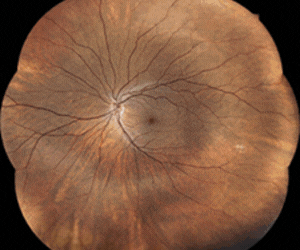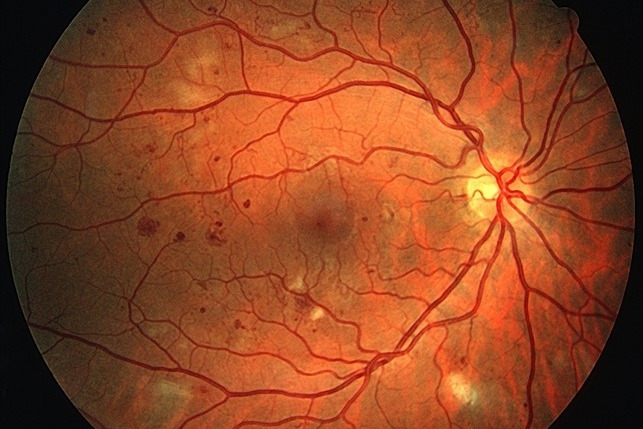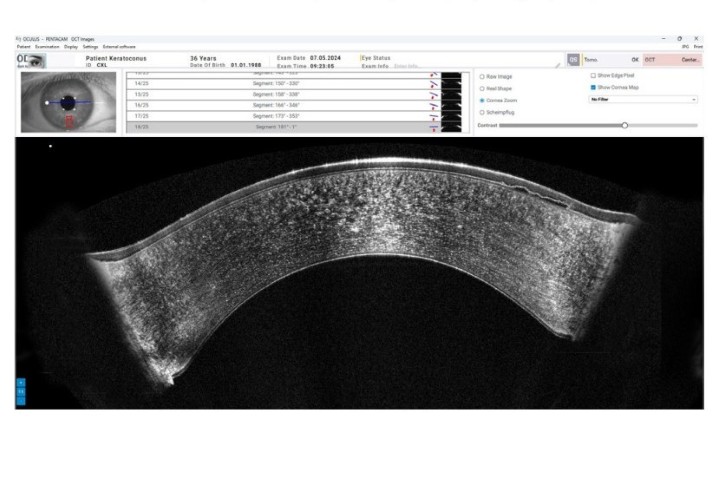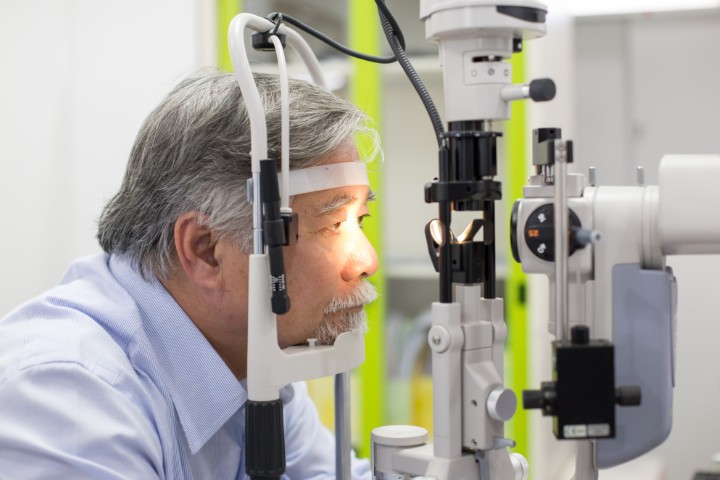The inequity of DR screening
A UK study found that since Black and South Asian diabetics were more likely to develop sight-threatening diabetic retinopathy (STDR), standard biennial screening would have delayed detection of some STDR and proliferative diabetic retinopathy (PDR) in those groups by one year, leading to greater healthcare inequalities.
Researchers used the data of 82,782 diabetics (37% white, 36% South Asian, and 16% Black) of whom 1,788 had STDR. STDR incidence rates per 100-person-years by ethnicity were 0.55 for South Asian, 0.34 for white and 0.77 for Black. Writing in the British Journal of Ophthalmology (BJO), they reported that biennial screening would have delayed diagnosis by one year for 56.3% with STDR and 43.6% with PDR.
In a linked editorial in BJO, Drs Parul Desai from Moorfields Eye Hospital and Samantha De Silva of Oxford Eye Hospital said, “There is growing evidence on the variation in risk of developing significant STDR by ethnicity and age in UK populations and elsewhere. Introducing a requirement to report by age and ethnicity for selected screening standards would enable regular, prospective monitoring of changes to service delivery, so disparities do not remain unrecognised, and provide information for responsive action on any unwarranted variation…Because one size may not always fit all.”
UK diabetics over the age of 12 have NHS eye checks every one to two years, which increases in frequency to yearly if ‘background retinopathy’ is detected, or more frequently still if ‘referable retinopathy’ is detected.
The study is available here, https://bjo.bmj.com/content/107/12/1839



























